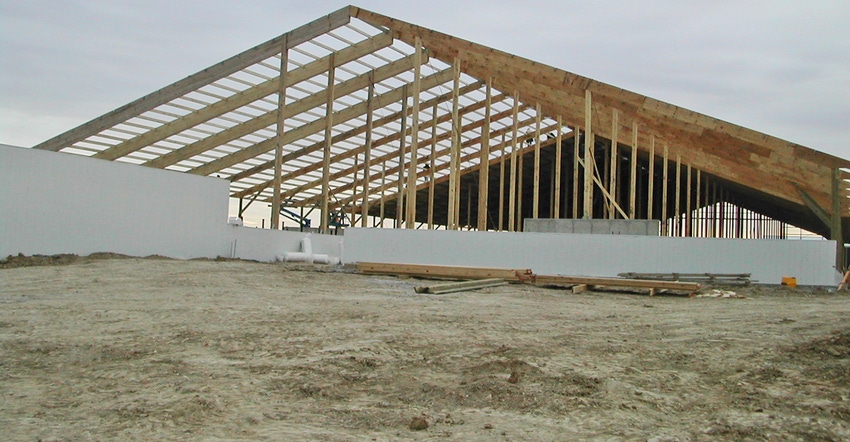September 18, 2017

A couple of letters to the editor in South Dakota newspapers in September made some good points in support of livestock development:
What’s S.D.’s purpose?
David Zeman, a veterinarian and retired South Dakota State University professor, explained his support for a dairy in Brookings County.
“I had the good fortune to take the bus tour to Morris, Minn., two weeks ago and see nearly an identical dairy operation. I wish all of you could have seen it ... what an impressive operation! From the outside, it was beautiful, neat and tidy. While standing by the barns and the covered lagoons, there were absolutely no odors. Inside it was neat and tidy, filled with content, healthy cattle, and no flies due to their engineered cross ventilation system. This farm would be preferred neighbors to me compared to many untidy, disorganized farm operations or acreages you would see as you drive through the countryside. Furthermore, this farm business is an outstanding family corporation, managed with excellence, and bringing their experiences from 11 similar dairy farms that are scattered across this region ... they know their business and are highly professional! …
“What is our purpose in South Dakota? What do we contribute to the nation and world? There will be several answers to that I am sure, but one that must be high on such a list is the same thing that brought our pioneer forefathers to the northern Great Plains, the quest to fulfill a noble purpose, to produce food for our families, our nation, and even the world. We have been blessed with a tremendous natural resource in this region: fertile land to grow crops, moisture, sun and room to raise food-producing animals. The task of feeding the nation and world is no small chore.”
If not here, where?
Todd Woods, vice chairman of the Yankton County commission, wrote about the hearings for seven hog barns in Yankton County:
“One question never arose. If you don’t raise livestock in the country (zoned ag), then where do you raise livestock? Where is the best place to raise livestock? Where do the ribs for next year’s Ribfest come from? Where will your hot dogs, burgers, brats and bacon come from?
“I have visited multiple hog barns of different styles during the past several years and can tell you these modern facilities are a far improvement from when we raised hogs in the 1980s. The proposed barns the applicants brought forward in July are used throughout the United States, Canada and Europe. Facilities like these are not experimental technology but accepted and proven modern facilities. They keep the animals out of the weather, provide constant food and water in a comfortable climate and are better for the environment. Hogs raised in the 1980s were outside in the mud with dirt and dust. Modern facilities are clean and contain the manure in covered pits, much like our sewers. These barns are highly regulated by the state of South Dakota to ensure a safe environment. The manure is used as fertilizer (cheaper than chemical fertilizer) and only applied after an independent agronomist tests the soil and has a plan on how much can be applied to each field.
“Do we want to restrict small-business owners from expanding their business? Do we want to limit them to raise only a few products? Do we limit a large factory, medical facility or retail store from expanding? Allowing our farmers to add livestock into their businesses allows them to have another product to sell when the crop prices are down. Modern livestock barns are efficient and allow the next generation to come back to the family business. Livestock is another market for corn and beans, which means more demand and higher grain prices for our farmers.
“I ask you again: If we do not raise livestock in the country, where do we raise livestock?”
Unfortunately, the applications for the dairy and the hog barns were withdrawn.
You May Also Like




